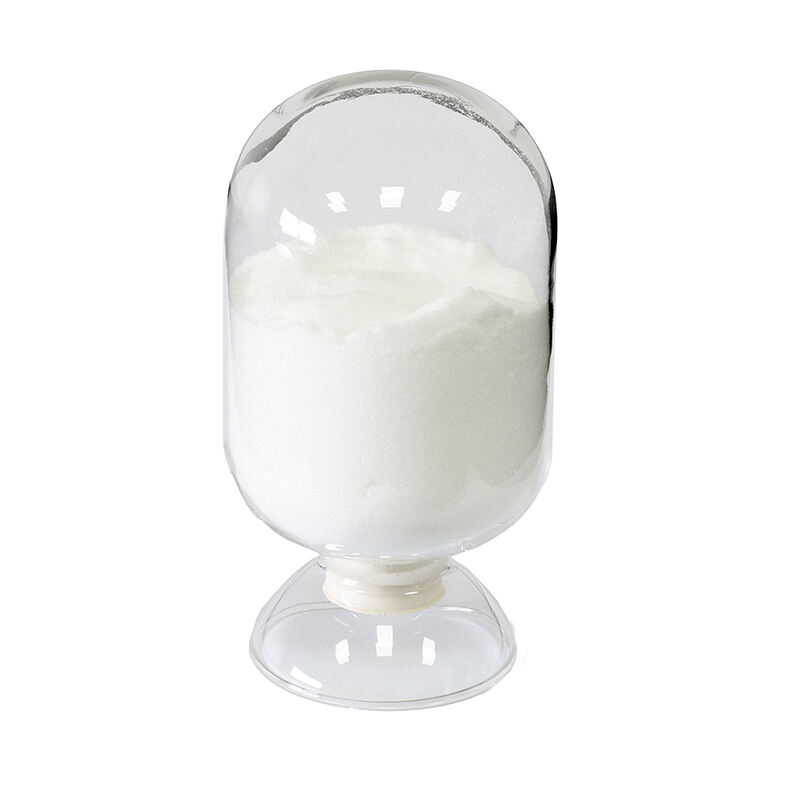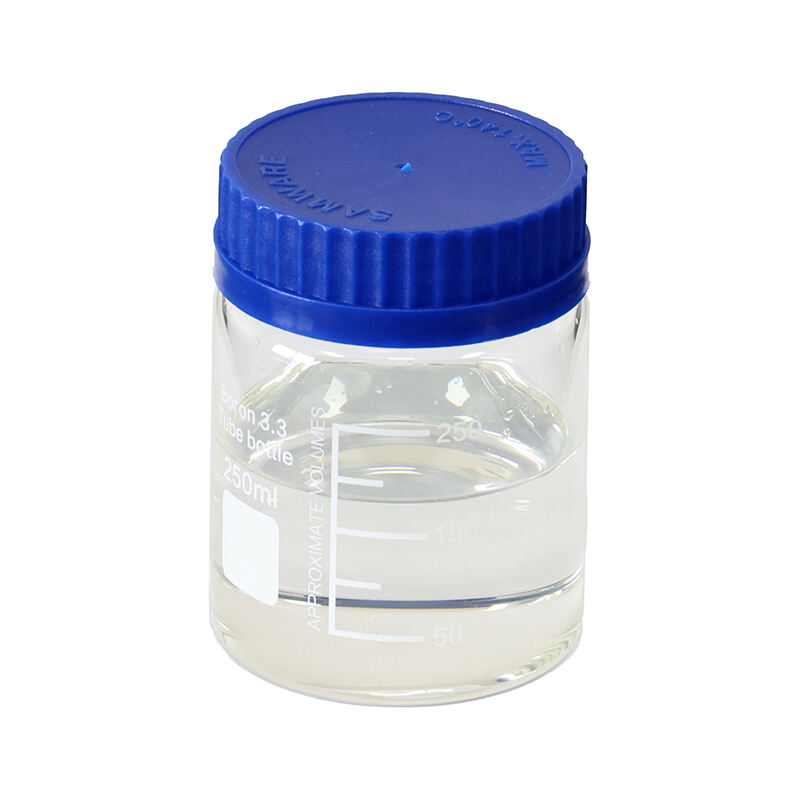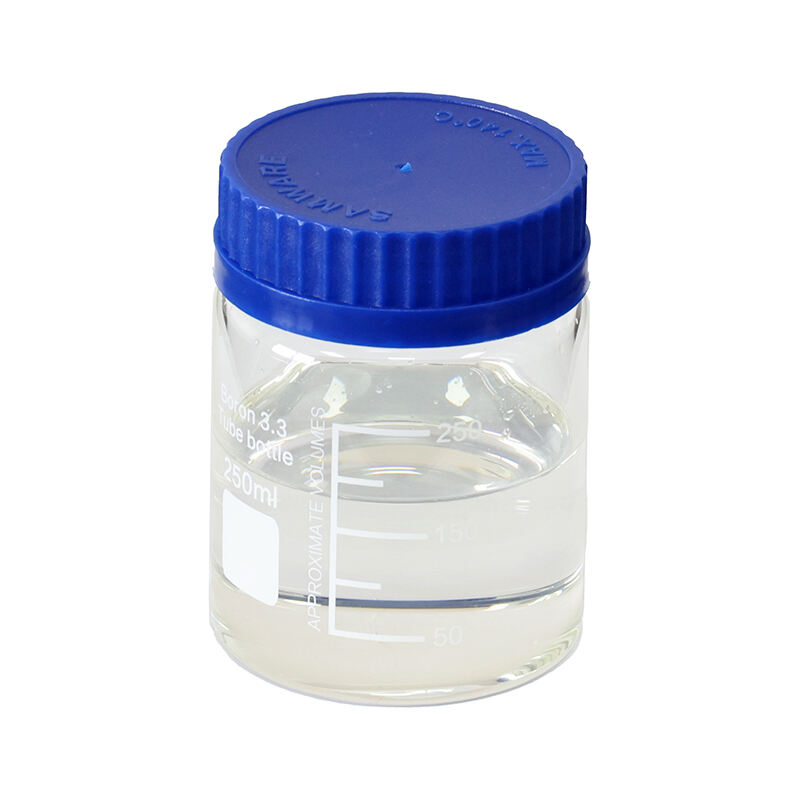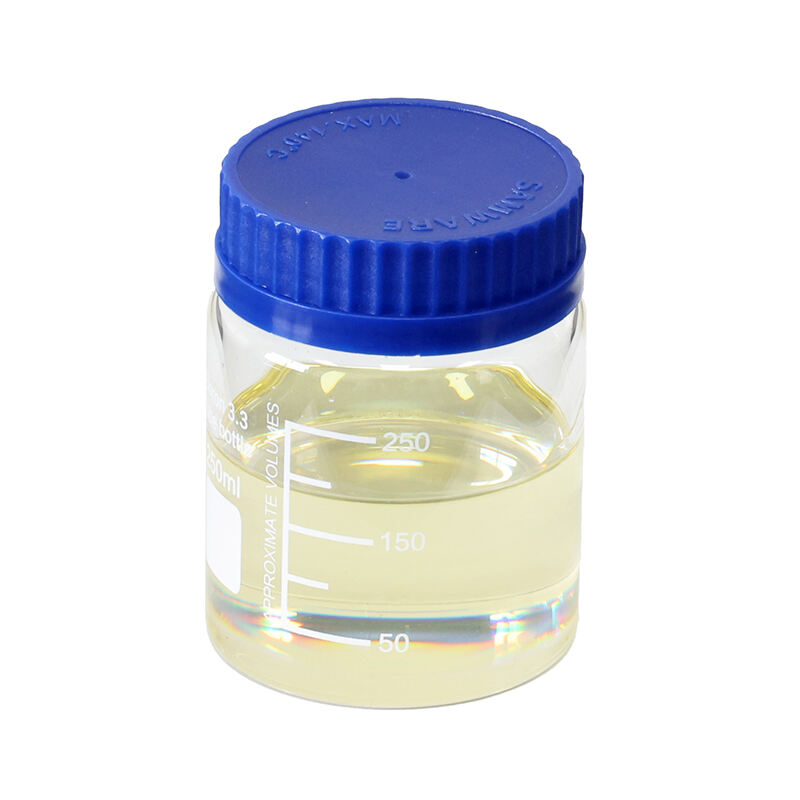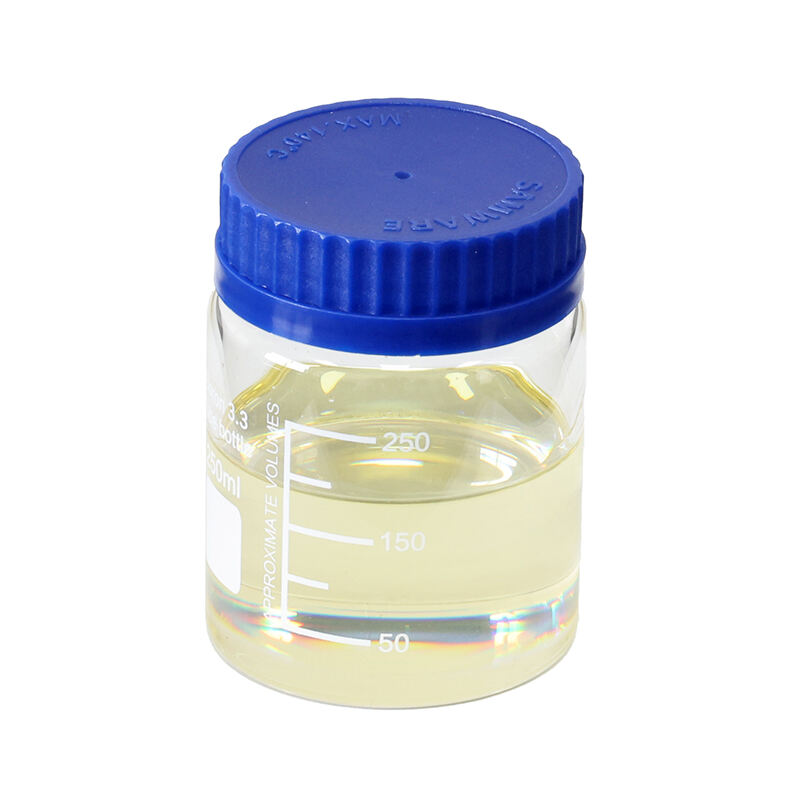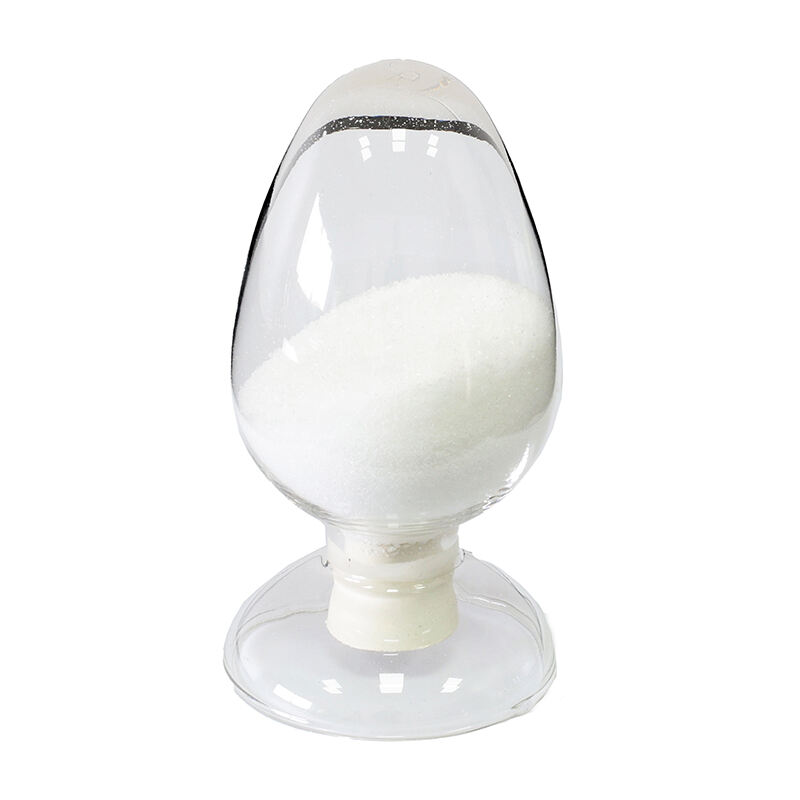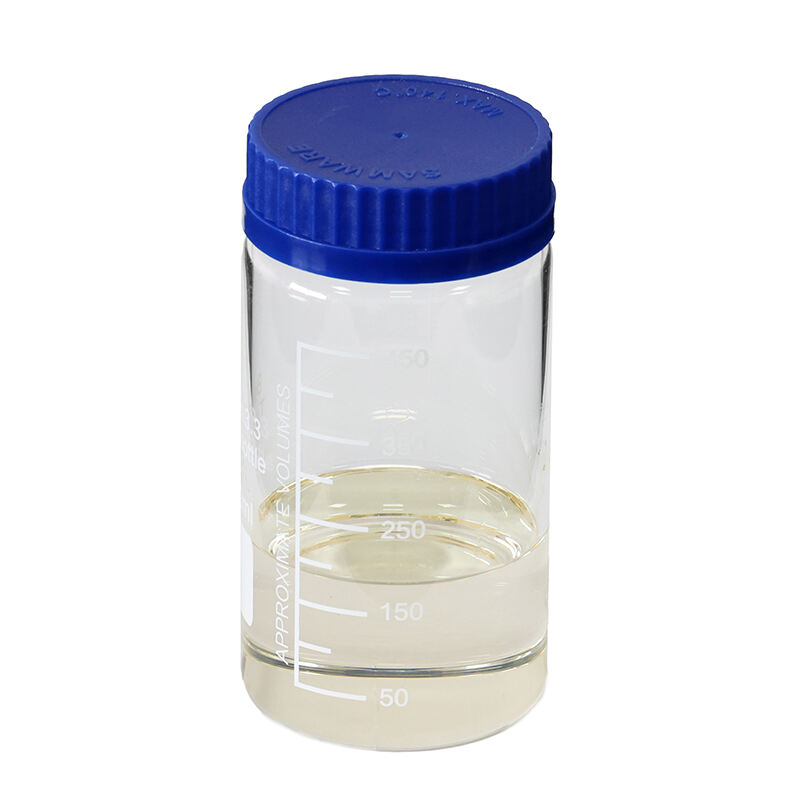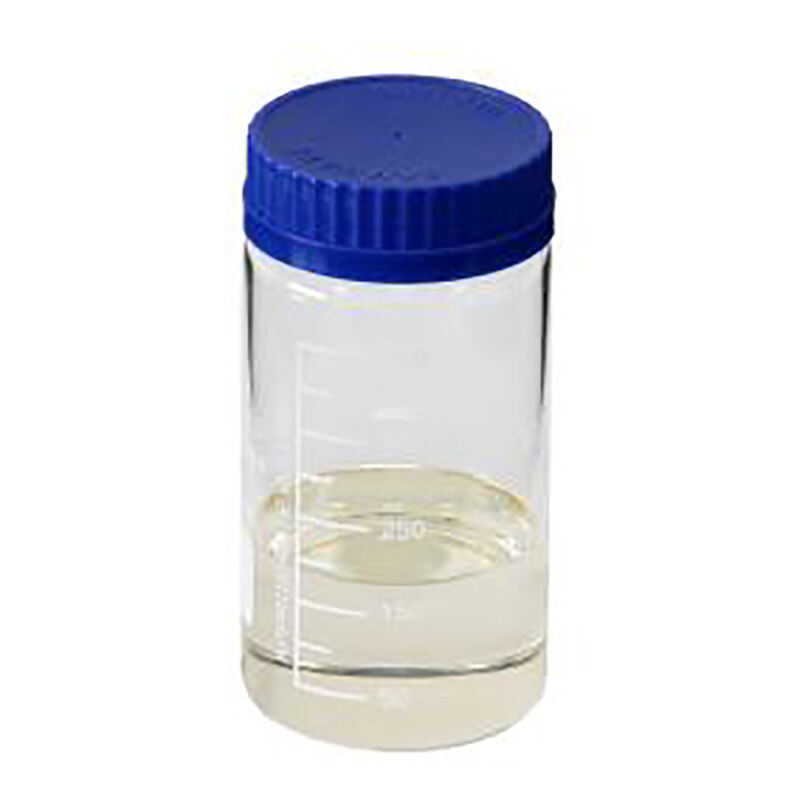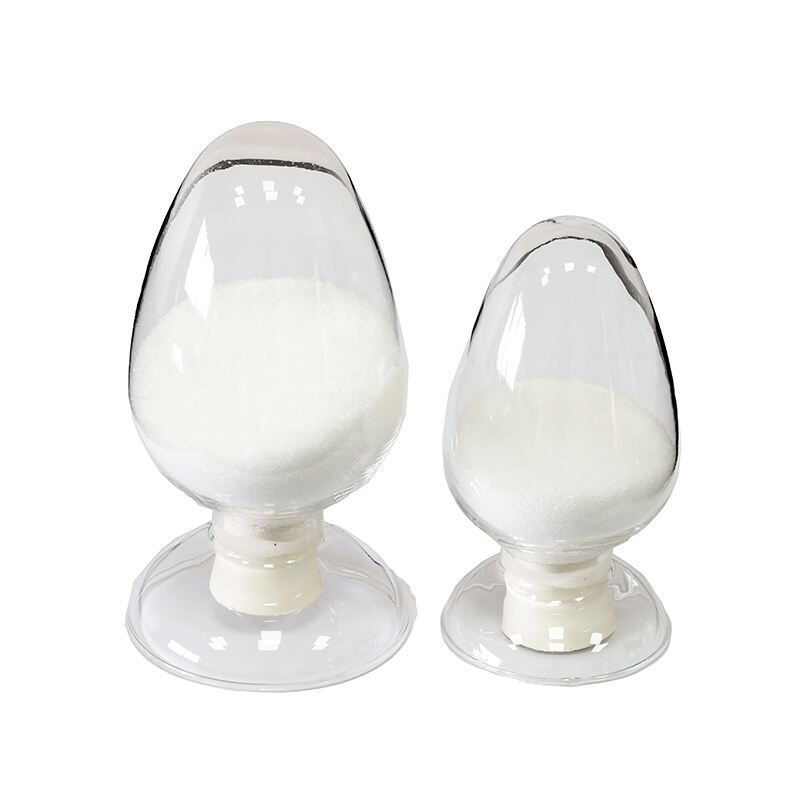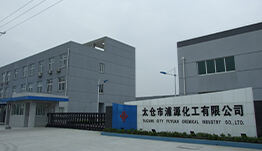ブロノポール (BNP) 生物剤の固結:原因と解決策
1. 固結形成の理論的要因
1.1 クリスタルブリッジ理論
ブロノポール(BNP)における結塊の形成は、結晶橋理論に起因すると考えられています。この理論によれば、ブロノポール結晶の固有特性(結晶構造、化学的組成、粒子サイズ)や環境要因(温度、湿度、圧力、不純物)により、ブロノポール結晶の表面が溶解し、その後再結晶化します。この過程で、粒子間の接触点に結晶橋が形成され、それが結塊を引き起こします。
1.2 毛細管吸着理論
細かいブロノポール(BNP)粒子間での毛細管吸着は、水蒸気の粒間拡散を促進し、それが湿潤につながり、最終的に結塊を引き起こします。この現象は特に高湿度の環境で顕著です。
1.3 プラスティック変形理論
完全に冷却されていないブロノポール(BNP)粒子からの残留熱が中心から外側に移動し、高い積層圧力下で粒子間の接触面積を増加させます。これにより分子間引力が強まり、表面溶解と結晶橋の形成が起こり、固着を促進します。
2. 固着に影響を与える要因
2.1 粒子サイズと均一性
小さいブロノポール(BNP)粒子は低い圧縮抵抗を持つため、固着に対してより敏感です。この問題を軽減するために、製造プロセスではより大きく均一な結晶粒子を生成することが望ましいです。
2.2 吸湿性と水溶性
ブロノポール(BNP)粒子間での毛細管吸着は、水分子の存在下で固着の可能性を高めます。低温は結晶の水分吸収を減少させますが、高温は結晶析出と橋形成を促進します。したがって、ブロノポール(BNP)は涼しく乾燥した条件下で保管すべきです。
2.3 圧力と時間
包装や積み重ねの際に、増加する圧力は粒子間の接触を密にし、プラスチック変形を引き起こし、固着傾向を高めます。これを防ぐためには、保管および輸送において過度な積み重ねや長期保存を避ける必要があります。
3. 解決策
3.1 プロセスパラメータの最適化
粒子の一様性を制御し、ウェーハ、粉末、針状結晶の形成を避けるために、ブロノポール(BNP)の結晶化プロセスを慎重に管理する必要があります。不純物や水分含有量を最小限に抑え、乾燥時の徐冷プロセスを採用して包装前に適切に冷却することも重要です。
3.2 環境影響の軽減
温度や湿度などの環境要因は、乾燥や包装工程に大きな影響を与えます。生産、包装、保管を通じて一貫して乾燥した条件を維持するために、季節や天候による変化を考慮に入れる必要があります。
3.3 科学的な保管方法
固形化を防ぐためには、換気や除湿などの措置を通じて保管条件を最適化する必要があります。積み重ねの高さを制限することで、圧縮による凝集を減らし、安定したかつ管理された環境を確保できます。
4. 結論
要約すると、Bronopol (BNP) の固形化には粒子サイズ、強度、水分含有量、包装時の温度、積み重ねの高さ、保管条件など、複数の要因が関与しています。これらの問題に対処するために、粒子の一貫性の向上、安定した生産環境、包装および保管方法の改善、または結塊防止剤の使用などが効果的に固形化を軽減します。
プーユアン薬品の研究開発チームは、さまざまな用途のために工業用ブロミノールを基にした12種類の専門的なブロノポール(BNP)を開発しました。高度な結晶化、精製、純化、洗浄、乾燥、熟成、および遊離ホルムアルデヒドの管理を通じて、これらの製品はより高い純度を達成しています。優れた殺菌、防腐、防カビ、藻類除去効果があり、フワフワとした触感で結塊しにくく、安定した殺菌効果を持続します。さらに、遊離ホルムアルデヒドの厳密な管理により、環境と製品の安全性が確保されています。
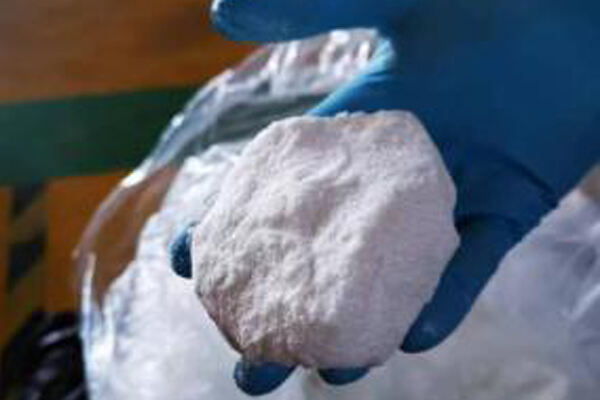

 EN
EN
 NL
NL
 FR
FR
 DE
DE
 JA
JA
 KO
KO
 PT
PT
 RU
RU
 ES
ES
 ID
ID
 VI
VI
 TH
TH
 MS
MS
 TR
TR
 AR
AR


